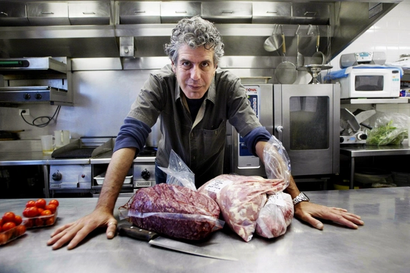Why you should be drinking more Lebanese wines
The country’s winemaking heritage stretches back to 7000BC, which gives it a claim to being the oldest winemaking country of all
There are plenty of unlikely spots around the world for winemaking – I’ve just returned from the Atacama Desert, where I enjoyed a very palatable syrah – and eyebrows might be raised at the notion of Lebanese wine. Particularly Lebanese white wine.
In truth, the country has, over the last half-century, become relatively well established in the foothills of the fine-wine hierarchy, albeit chiefly via the efforts of a single producer. Chateau Musar is something of a legendary name in wine circles, its patriarch, Serge Hochar, having been inaugurated as Decanter magazine’s first ‘Man of the Year’, in 1984, for his efforts in negotiating a battle zone to truck his grapes from vineyard to winery during the country’s long-running civil war.

Musar is best known for its supremely good value, ageworthy red, which became something of a cult wine in the war-torn 1980s. A cabernet-sauvignon-based blend from vineyards near the Bekaa Valley, it takes its stylistic cues from Bordeaux, though with an even longer, seven-year ageing regime before release. The estate also makes a curious, characterful white from two indigenous varieties that you won’t find planted in any other country. We’ll come onto the character of obeidy and merwah in due course, but it is the winemaking style that dictates the nature of the Musar Blanc. The decidedly oxidative approach yields a nutty, almost sherried edge that is very much an acquired taste, despite the bottle being relatively understated. If you have acquired it, however, you’ll love this sensitively rendered example.
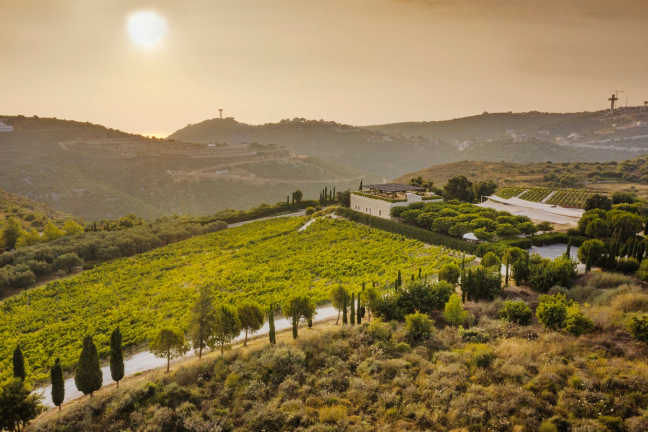
Lebanon’s winemaking heritage actually stretches back way further than that of its flagship producer, to 7000BC and the Phoenicians, if you trace it to its earliest reference, which gives it a claim to being the oldest winemaking country of all. Even in more modern times, the country’s oldest commercial winery, Domaine des Tourelles, has a history dating from 1868.
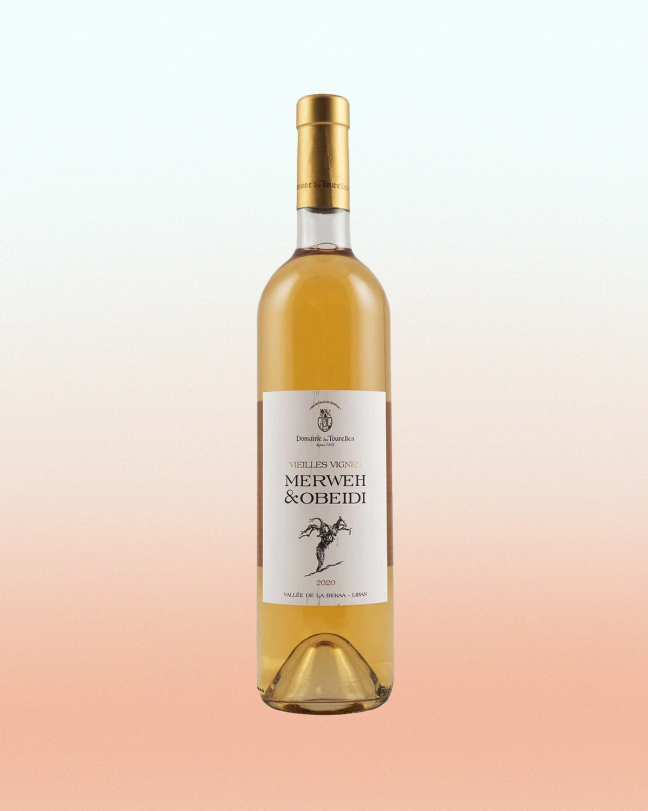
Like Musar, Tourelles relies largely on old vines of cinsault and carignan, Mediterranean varieties that form the other constituent parts of Musar’s red and have been farmed in the Bekaa Valley since the 19th century. But, again, it makes a supremely characterful white, which also harnesses obeidy and merwah, though this time via more orthodox winemaking. Obeidy, grown on the hot Bekaa Valley floor, lends texture and structure, complemented by the fresher, leaner merwah, grown at altitude. The result is a racy, vivid wine, clocking in at a refreshing 11 per cent alcohol.
Also pushing boundaries is Ixsir, a relatively new label co-founded in 2008 with a decidedly Bordelais influence (co-founder Gabriel Rivero previously made wine at popular Bordeaux estate Sociando-Malet, meanwhile consultant Hubert de Boüard owns one of the region’s leading lights: St-Emilion’s Château Angélus). Yet, if there is a classical make-up at Ixsir, it is married to a decidedly contemporary thinking that sees vines planted according to terroir rather than grape variety.
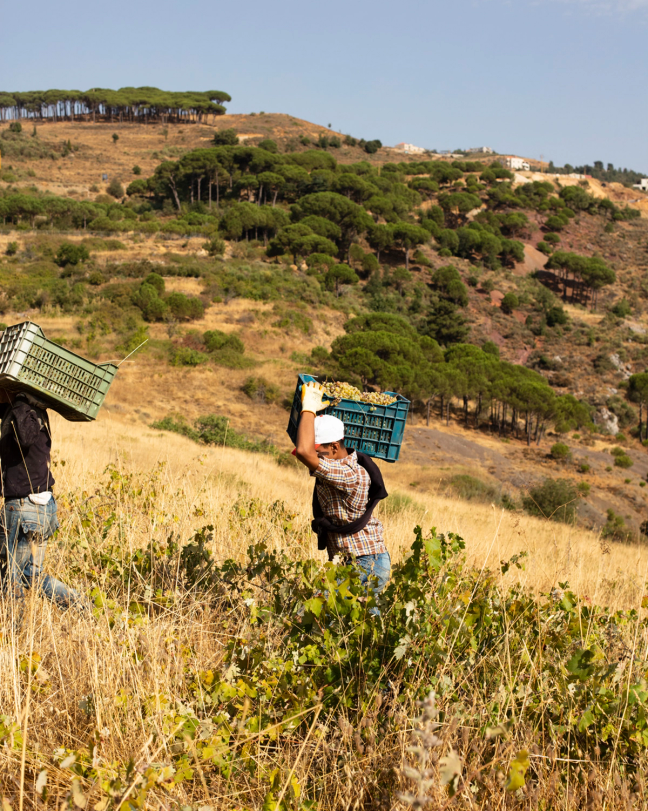
“Ixsir is basically about new-world winemaking in an old-world country,” says Rivero. “We have the history and heritage – we have vineyards in an area that first saw vines 5,000 years ago – but there are no appellation restrictions, so we can experiment and innovate.”
That experimentation saw the venture plant its vines in the mountains, rather than in the valley, where most Lebanese producers are based. The Altitudes range of three wines is named so to reflect this philosophy of growing grapes as high as possible to extract maximum freshness. In doing so, Ixsir has overseen various territories in the hills to the north of the country, across six different mountain regions at 1,800 metres high, which, the company claims, makes them the highest vineyards in the northern hemisphere.
“One of our key objectives was to produce elegant wines, in spite of Lebanon being such a hot country,” says Rivero. “It’s the altitude that is the key ingredient.” A marked diurnal shift [the difference between the daytime and night-time temperatures] helps preserve the grapes and gives elegance to the finished blend,” he adds.
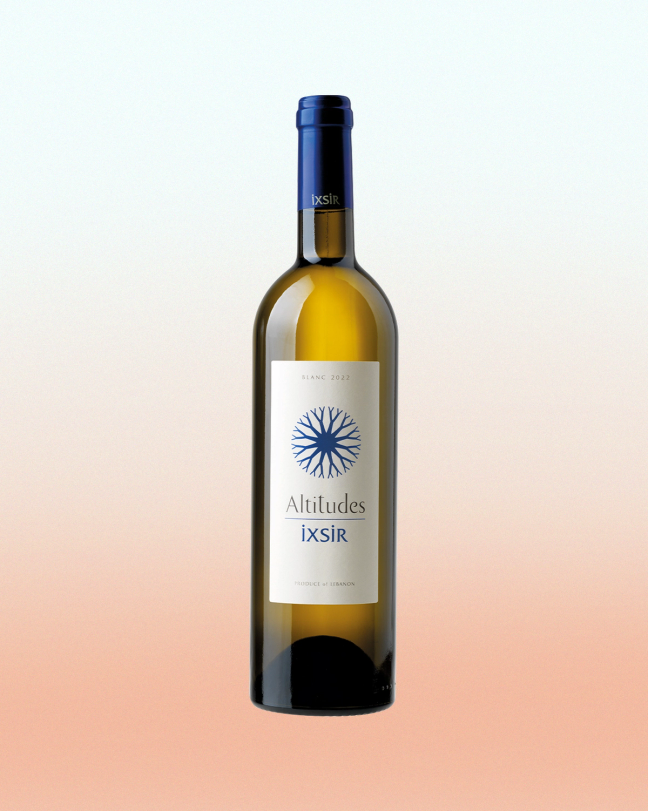
The 2022 vintage of Ixsir’s Altitude White is a blend of three grape varieties – a roughly equal split of the structured, textured, fat obeidy plus the more familiar, lighter, floral, aromatic muscat and viognier. It all makes for a lifted, grapefruit-and-jasmine-tinged nose leading to a more full-fruited, honeyed-orange palate with a perfect balance of freshness and texture – and a great wine with which to surprise people in a blind tasting.
Want more drink content? Read our beginner’s guide to Italian wine…

Become a Gentleman’s Journal Member?
Like the Gentleman’s Journal? Why not join the Clubhouse, a special kind of private club where members receive offers and experiences from hand-picked, premium brands. You will also receive invites to exclusive events, the quarterly print magazine delivered directly to your door and your own membership card.


